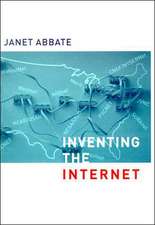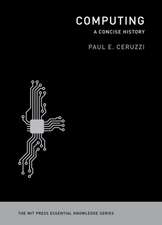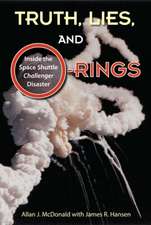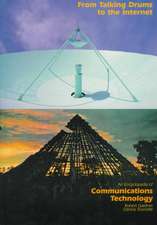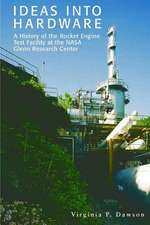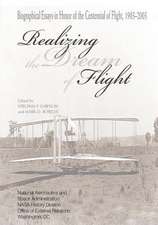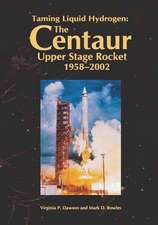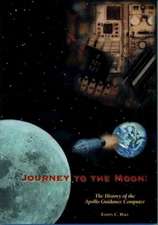Engines and Innovation: Lewis Laboratory and American Propulsion Technology
Autor Virginia P. Dawson, Nasaen Limba Engleză Paperback – 31 ian 2005
Preț: 145.71 lei
Nou
Puncte Express: 219
Preț estimativ în valută:
27.88€ • 30.28$ • 23.42£
27.88€ • 30.28$ • 23.42£
Carte tipărită la comandă
Livrare economică 23 aprilie-07 mai
Preluare comenzi: 021 569.72.76
Specificații
ISBN-13: 9781410220387
ISBN-10: 1410220389
Pagini: 288
Dimensiuni: 210 x 279 x 15 mm
Greutate: 0.65 kg
Editura: University Press of the Pacific
Locul publicării:United States
ISBN-10: 1410220389
Pagini: 288
Dimensiuni: 210 x 279 x 15 mm
Greutate: 0.65 kg
Editura: University Press of the Pacific
Locul publicării:United States

